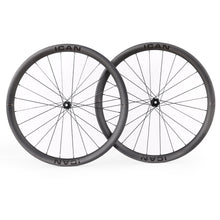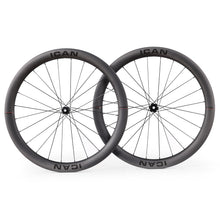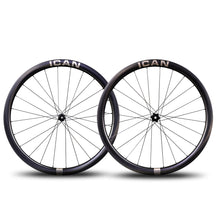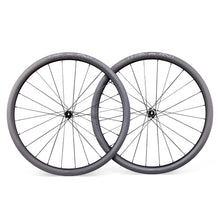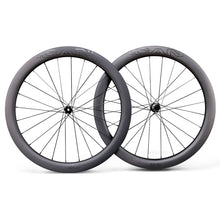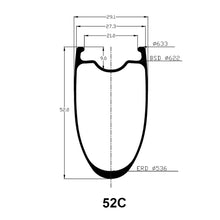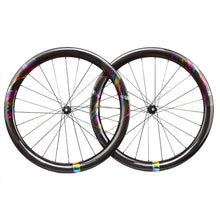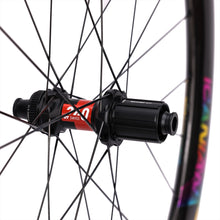News
What is the Difference between Trail and Enduro Bikes
In the mountain bike world at the minute you might have heard about trail bikes and enduro bikes? Like many people you are wondering what is the difference between these bikes as they both seem to be the same.
What is the Difference between Trail and Enduro Bikes? The quick and easy answer to this question is that enduro bikes will have more suspension travel than trail bikes. To go with this extra travel enduro bikes will also have a longer wheelbase than a trails bike.
Why the extra suspension?
Why do enduro bikes have more travel than trail bikes, when they are both for riding trails? It is a question we are asked fairly often. The answer is pretty simple when you think about it. When you go riding trails, you might be with a group of buddies; you have a chance to scope out the terrain.
You will be able to take a look at sections, work out safe paths. Work out what line to take with your own ability levels. When you race enduro, you might be on these same trails, or you may be on trail that was created for the race. You might have never even seen the trail before.
Riding blind is where the extra bounce comes in. As the red mist will have descended and you are going hell for leather, the safe and easy path might not be visible. The extra bounce will then help you get away with mistakes that on a bike with less travel might have meant a trip in an ambulance.
You could say that the enduro bike is the burlier brother of the trail bike. It has to handle more mistakes, being hucked, ridden at your absolute limits, and then it has to do it all again the next again the day or multiple times on the one day.
Slacker all the way
To fit this suspension in and to make the most of it enduro bikes are also slacker than trail bikes. You might be thinking this comes from the longer travel forks. Longer travel forks will slacken your head angle, but that is not the whole story.
This slackening of the head angle also helps to lengthen out your wheelbase. Think of like your handlebars are coming back towards you and your front wheel is getting further away from you. The slack geometry makes your bike feel stable, especially at high speeds downhill. Can you think of a better time to have a stable bike that feels like it wants to corner on rails? It will help to raise your confidence as you are heading for the podium.
It does make riding uphill a little less fun; I can not believe that I said that riding uphill is fun and not a struggle. You want the glory on your downhill runs, but you have to earn that by pedalling your steed uphill. As your front wheel is further away you will feel it want to rise as you climb so you’ll be trying to spread your weight over the front and back of your bike.
Wheely good fun
Wheelbase can be lengthened on bikes by a variety of factors. Slackening your headtube will increase wheelbase as we said. Longer travel suspension forks will lengthen your wheelbase; again we mentioned that. What though of the easiest way to lengthen wheelbase?
The easiest way to lengthen your wheelbase is to lengthen your frame length. Imagine your seat tube as the middle of the bike, which technically it is. Then you could lengthen in front of it or behind it.
Lengthening behind the seat tube on chainstays will hardly be done nowadays. As it gives you a bike that is just a little less fun to ride and won’t want to manual as easily. So the best way to lengthen your bike for that much-needed downhill stability is to lengthen your top tube.
Getting to the bottom of it
On paper, you’ll find that an enduro bike has a higher bottom bracket than a trail bike. However, once you sort out your sag on either bike and then sit on it; you’ll find that the bottom bracket height is almost the same between the bikes. Sometimes just looking at paper does not tell you everything you need to know about a bike.
To go with this burlier geometry and bigger travel an enduro bike will have a tougher spec set than that of a trail bike. You’ll find tires that just look more hardcore on a new enduro bike, the kind that gives trails the fear when they see your bike coming.
You’ll see that the rear suspension as well as having longer travel than that of a trail bike may also have a coil sprung shock. You’ll find that the air shocks of trail bikes are lighter than coil springs on the enduro bikes.
Being heavier why would people use a coil spring? On longer descents due to the way, it compresses the shock will not build up heat as much as an air shock. It also has fewer seals so we’ll have less friction and maintenance will be a lot simpler than with an air shock. We all like easier maintenance. Dialing in a coil shock will also make you faster due to the way the shock rebounds and compresses.
With this, you will see that an enduro bike is getting pretty close to a downhill bike. You'll think this because simply an enduro bike is a bike optimized for downhill runs while still being able to be pedaled uphill. You probably do not want ever to have to pedal a downhill bike uphill.
So we now know that an enduro bike is the burlier, slacker, bouncier, and longer brother of the trail bike. So with this knowledge, you can make the right decision on which bike to buy. Remember that both genres do blur into and crossover a bit, so do not always be stuck by the name put on the bike. Find the one you like and get out and shred the gnar.
4 comments
-
Posted on by
-
Posted on by
-
Posted on by
-
Posted on by
